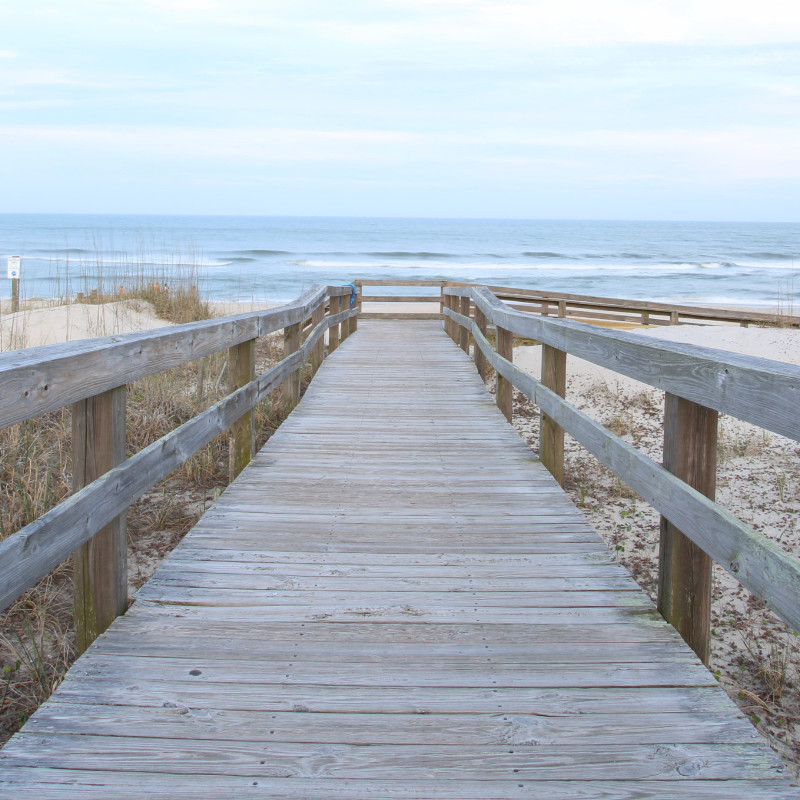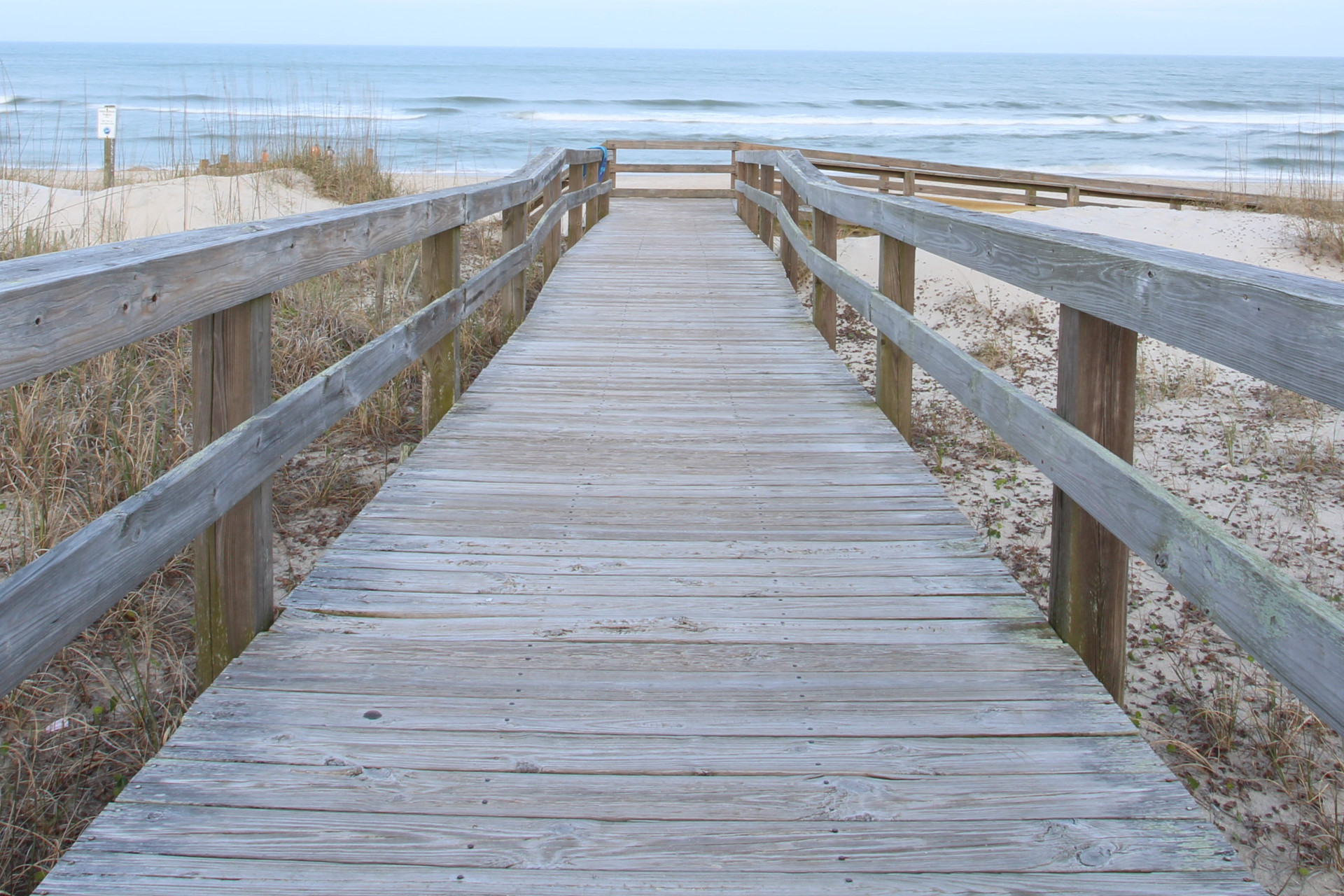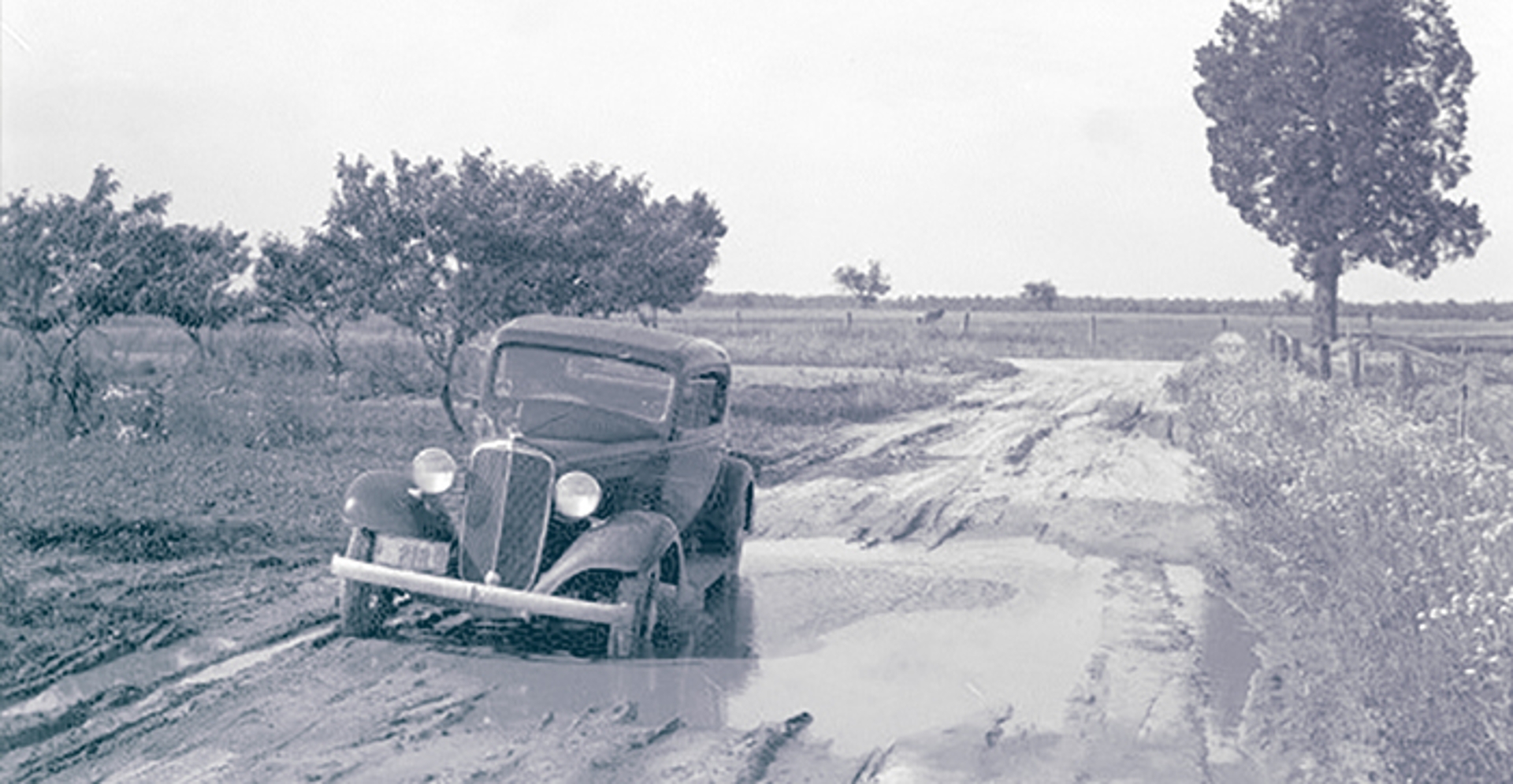14
Apr 2021
All photos courtesy of the Delaware Public Archives
Early Roads
Early roads were paths through fields and woods for horses to pull wagons. With the onset of the automobile around the turn of the 20th century the need arose for road improvements.
The Delaware State Highway Department (DSHD) was created on April 2, 1917 to construct and maintain a system of state highways across Delaware.
1918 - Newly Poured Concrete, U.S. Rt. 13 between Delmar and Laurel. In this case a gasoline locomotive was used to bring in building supplies.
1921
The DuPont Highway near the Maryland state line and Selbyville. Unimpressive by today’s standards, the highway produced great changes in Delaware life. Economic changes were especially significant. Truck farming and the poultry industry owe their rapid growth to good roads, as farmers had greater access to markets. The trucking industry soon rivaled the railroad as a carrier of freight.
The DuPont Highway near the Maryland state line and Selbyville. Unimpressive by today’s standards, the highway produced great changes in Delaware life. Economic changes were especially significant. Truck farming and the poultry industry owe their rapid growth to good roads, as farmers had greater access to markets. The trucking industry soon rivaled the railroad as a carrier of freight.
1924 - Railroad crossing at Cool Spring, Lewes to Georgetown Road. Because of the large number of fatalities at railroad crossings, the department developed a program to eliminate dangerous crossings wherever possible. Those that could not be eliminated were protected by signs, lights, and gates. Education also increased motorists’ awareness of the danger, and fatalities drastically declined.
In 1927, the first all-weather secondary roads were constructed, consisting of one concrete lane and one dirt lane in an effort to reduce costs.
1932 - Sand fences between Bethany Beach and Rehoboth. Dunes built by sand fences helped control beach erosion and also protected the newly-built Ocean Highway between Rehoboth and Fenwick Island. Many social changes resulted from building roadways. With good roads and lower prices, automobiles became desirable and possible for most families. Autos provided greater freedom and enabled owners to travel greater distances more quickly to visit, shop, or just ride. Good roads also greatly expanded tourism as vacationers could more easily reach the shore and other sites of interest.
1935 - County Road 206, south of Marydel. Most county roads were improved last. Shown here in mid-1930s, this road was still dirt and mud.






